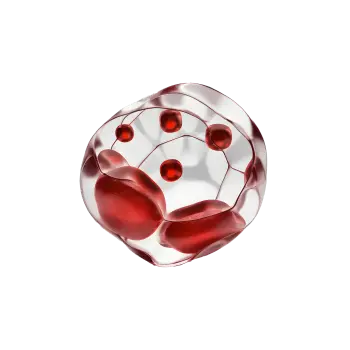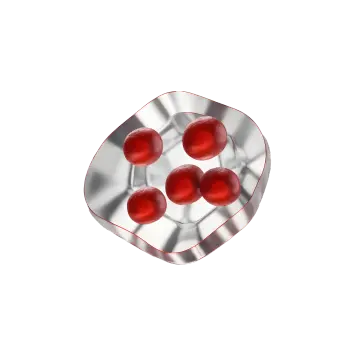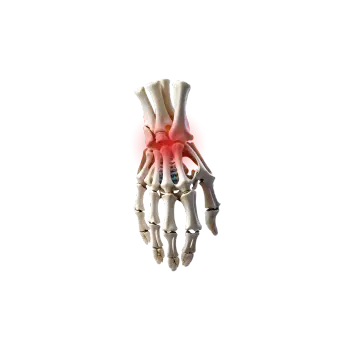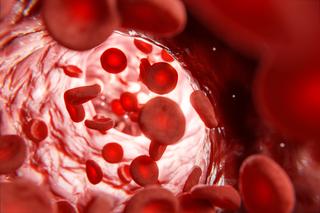What is hemoglobin mass, MCH?
Hemoglobin mass is affected by a number of factors, including the number of red blood cells in the body, the size of those cells, and the amount of hemoglobin contained in each red blood cell. In general, people with higher hemoglobin mass have a greater ability to deliver oxygen to tissues and may be less prone to fatigue during physical activity.
There are several methods of measuring hemoglobin mass, including direct measurement using specialized equipment, indirect measurement with blood samples, and calculation with prediction equations. Certain factors, such as height and physical exercise, can affect hemoglobin mass and can be taken into account when interpreting results.
Abnormalities in the hemoglobin mass can be a sign of underlying health problems. For example, anemia, a condition in which there is a decrease in the number or size of red blood cells, can lead to a decrease in hemoglobin mass. On the other hand, certain medical conditions, such as polycythemia vera, a type of blood cancer, can cause an increase in hemoglobin mass.
Why analyze hemoglobin mass?
Calculation of hemoglobin mass is used in the classification of anemia. Calculation of MCH is usually done as part of the blood status analysis, which is a routine blood test used to assess general health.
What can a high value of hemoglobin mass be due to?
A high value can occur with anemia caused by B12 and/or folic acid/folate deficiency. High values can also occur with heavy alcohol consumption and liver disease.
What can a low value of hemoglobin mass be due to?
A low value can be seen in iron deficiency anemia and thalassemia (hereditary disease)













































